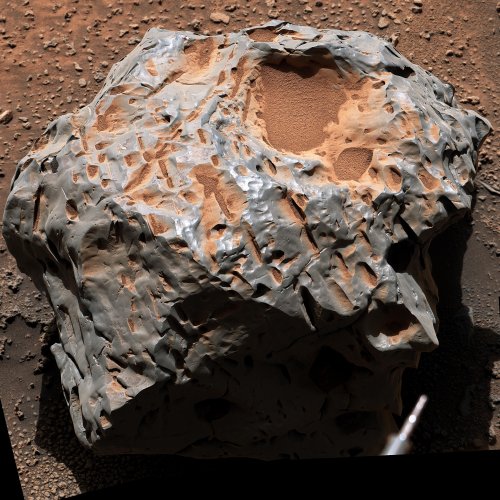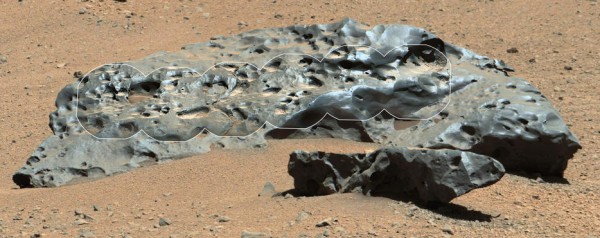Meteorite crashes through roof of NJ home
On May 8, 2023 a family in New Jersey returned home to discover a 4×6 inch meteorite on the floor of one bedroom, having crashed through the roof of their home.
Suzy Kop, a resident of the home, told CBS Philadelphia that meteorite landed in her father’s bedroom, but no one was home. “I thank God that my father was not here, no one was here, we weren’t hurt or anything,” Kop told the station.
She found the object, she said, amid debris in the room after it came through the ceiling. At first, she said she believed it had been thrown. “I did touch the thing, because I thought it was a random rock, I don’t know, and it was warm,” she told CBS Philadelphia.
Though not unprecedented, there are only a few recorded examples of meteorites landing in populated areas like this.
On May 8, 2023 a family in New Jersey returned home to discover a 4×6 inch meteorite on the floor of one bedroom, having crashed through the roof of their home.
Suzy Kop, a resident of the home, told CBS Philadelphia that meteorite landed in her father’s bedroom, but no one was home. “I thank God that my father was not here, no one was here, we weren’t hurt or anything,” Kop told the station.
She found the object, she said, amid debris in the room after it came through the ceiling. At first, she said she believed it had been thrown. “I did touch the thing, because I thought it was a random rock, I don’t know, and it was warm,” she told CBS Philadelphia.
Though not unprecedented, there are only a few recorded examples of meteorites landing in populated areas like this.



